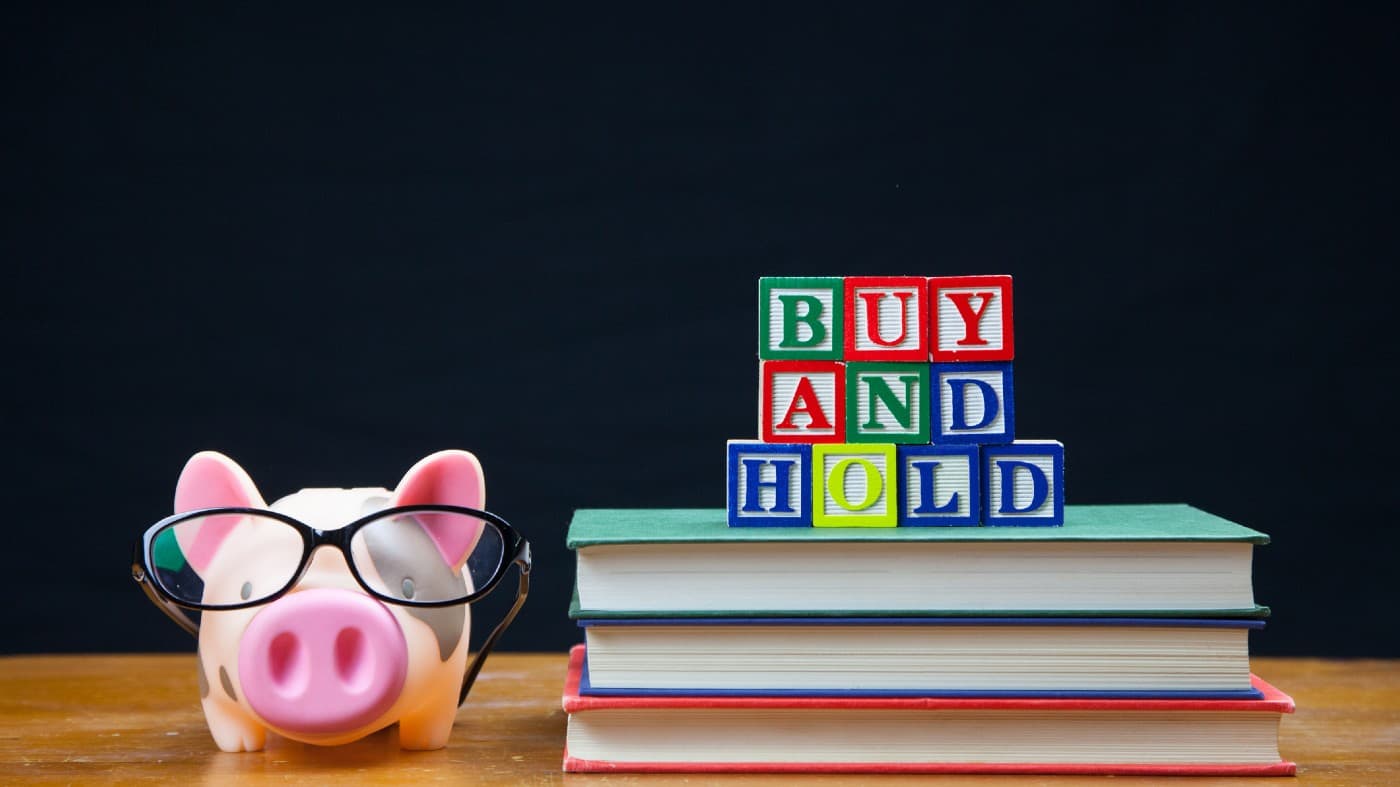Global investment manager M&G (LSE: MNG) has long been a star of the FTSE 100. From 2 March though, its share price has dropped by around 16%.
The key reason for this, in my view, was market fears of a new financial crisis. The catalysts for this were the collapse of the little-known Silicon Valley Bank and then the failure of Credit Suisse.
Such fears came to nothing, but the advent of a genuine financial crisis does remain a risk for the shares. Another risk is that inflation and interest rates stay high, acting as a deterrent to new client business.
Should you invest £1,000 in ITV right now?
When investing expert Mark Rogers has a stock tip, it can pay to listen. After all, the flagship Motley Fool Share Advisor newsletter he has run for nearly a decade has provided thousands of paying members with top stock recommendations from the UK and US markets. And right now, Mark thinks there are 6 standout stocks that investors should consider buying. Want to see if ITV made the list?
Solid core business
That said, M&G’s H1 results showed adjusted profits before tax increased 31% to £390m against the same period last year. Consensus analysts’ expectations were for just £284m.
Operating capital generation also rose over the same period — by 17% to £505m. This means that the company remains on track to generate its target £2.5bn in operating capital by December 2024.
The company also re-entered the Defined Benefit pensions market through two deals with a combined premium of £617m. In this market, a specialist firm such as M&G takes responsibility for other companies’ final salary pension schemes. In return, it is paid a lump sum.
The company’s presence here should provide a third avenue of growth along with its Asset Management and Wealth businesses.
Additionally positive for me is that its Shareholder Solvency II coverage ratio remained very strong, at 199%. A ratio of 100% is the regulatory minimum for the industry.
Is it undervalued?
Just because the shares have dropped 16% from their high this year does not mean they are undervalued, however. The business itself may just be worth less than it was before.
To ascertain whether it is undervalued, I compared its price-to-book ratio (P/B) with those of its peers.
Currently, M&G’s is just 1.1. This is higher than abrdn’s 0.5, and RIT Capital Partners’ 0.8, but lower than Burford Capital’s 1.5, and St. James’s Place’s 3.5.
Therefore, M&G looks undervalued on this measurement compared to its peer group average of 1.6.
Huge passive income stock
Last year, the investment manager paid out a total of 19.6p per share. Based on the current share price of £1.93, this gives a yield of 10.2%.
Its interim dividend this year was 6.5p, compared to last year’s 6.2p. This suggests to me that the total dividend for this year may be even higher than last year’s.
Even if the yield stays the same, though, a £10,000 investment would make £1,020 this year. Over 10 years, if the rate was steady, this would total £10,200 to add to the initial £10,000 investment. This is over and above share price gains or losses and tax obligations incurred, of course.
Although I already hold shares in the financial sector, I am seriously considering buying M&G. I think it should recoup this year’s 16% loss at some point. I also hope it will gradually converge towards the average valuation of its peer group, in addition to paying superb dividends.








